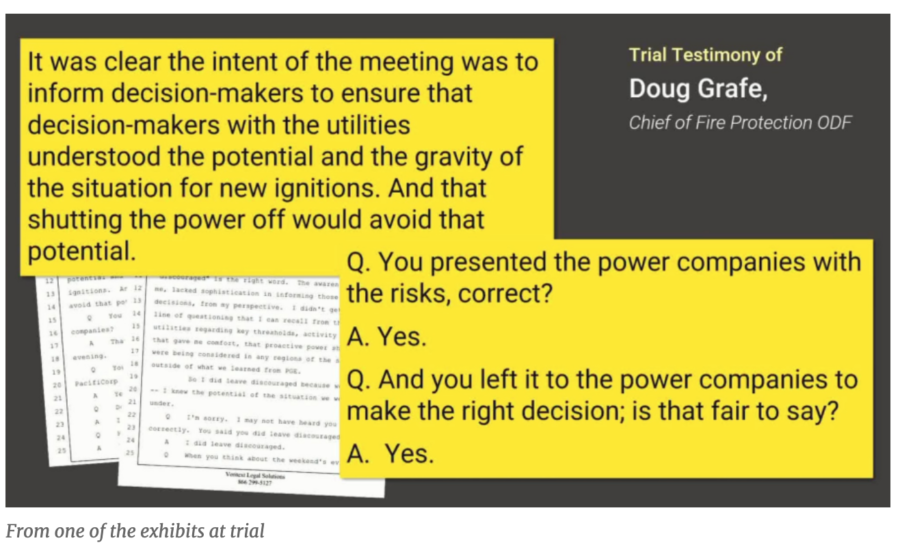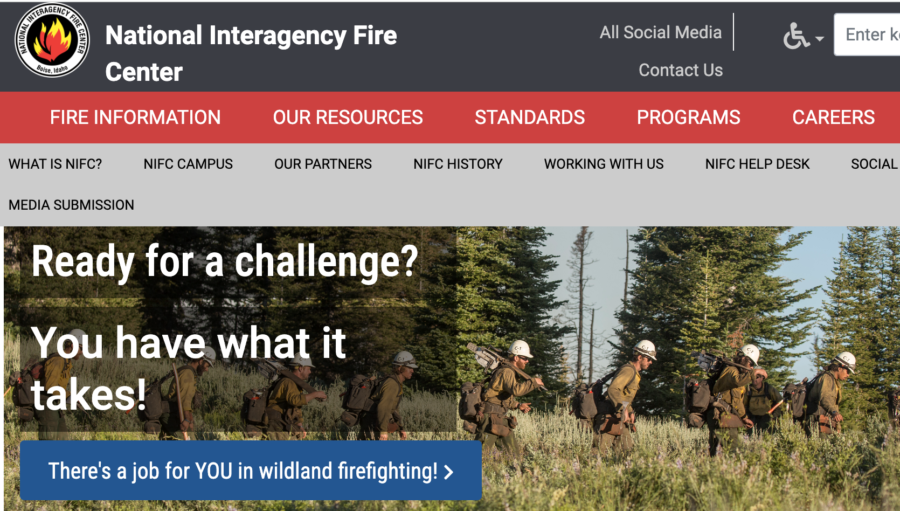A long-running effort to permanently boost pay — an effort that’s often felt fruitless and never-ending for thousands of federal firefighters — may be gaining traction in Congress, but it may very well be too little too late to prevent mass resignations in the coming weeks.
In Congress earlier this month, the House passed an amendment to extend a temporary pay increase of $20,000 (annually per firefighter) through next year, which was approved by President Biden. Another bill to make a pay hike permanent remains stalled, though, and NPR’s Morning Edition reported that this latest budget deal averting a federal shutdown will also — for now — avert a massive pay cut for federal firefighters that was expected by November 17 — today.

But how many times can individual firefighters and the fed employees’ union and the Grassroots Firefighters warn Congress about high-centering itself in managing wildfire crises?
“Basically this is like a band-aid. It’s not a fix. We need a fix,” says Mike Alba, a union organizer. Alba is an engine captain on the Los Padres National Forest.
Rookie firefighters now make only about $15 hour — which is (dismally) up from just $13 an hour after Biden approved a temporary increase back in 2021. Funds from the infrastructure law later gave many firefighters a $20,000 boost in pay. Tom Dillon, a captain for the Alpine Hotshots based in Rocky Mountain National Park, says everyone’s talking about their paychecks when they should be focused on firefighting tactics and safety.
“It’s kind of a slap in the face,” Dillon says. “The folks on Capitol Hill, some of them aren’t even aware of who we are and what we do and that there is a federal wildland firefighting workforce.”
Crews are now challenged with not only more severe and longer fire seasons, but also by flattening overtime pay, dwindling retention, suppressed hiring abilities, and growing mental health challenges. Alba says this onetime pay bump is a kind of a lifeline: he can spend a little more time with his kids. He will probably keep his higher pay for a while, but just till January — unless Congress actually manages to make the 2021 pay boost permanent.
But morale is low, and the union representing federal employees (a percentage of whom are firefighters) warns that at least 30 percent of the federal firefighter ranks will likely quit if pay isn’t permanently boosted — and soon. They are tired of sweating next month’s rent or living in their cars, and the struggle for a decent wage has worn out more than a few.
As The Guardian reported back in 2021, federal firefighters are often living out of their cars (!) because the job doesn’t pay enough for basic housing costs — even for a single person, let alone a young firefighter trying to help support a family.
The federal government — including at least five different agencies that employ wildland firefighters in the U.S. — fights and manages fires in all 50 states. Every major fire in the country relies on federal firefighters and the resources and funding and massive response that the federal government can and does provide. Federal agencies, however, now face a severe and costly retention problem with the wildland fire workforce. If Congress cannot fix this, and the federal firefighting forces continue to bleed fire crews and employees, what’s the backup plan?


















